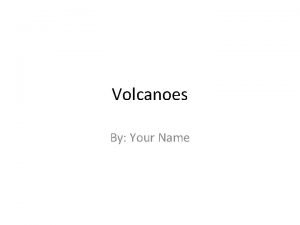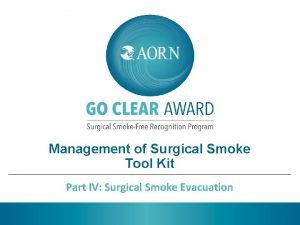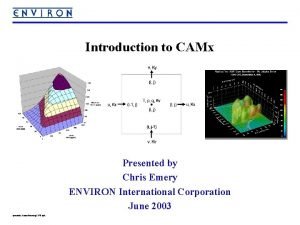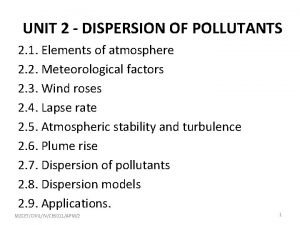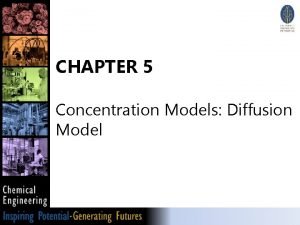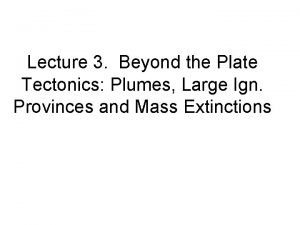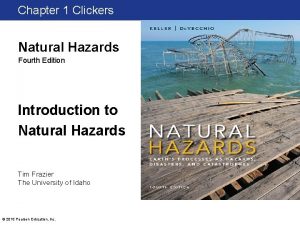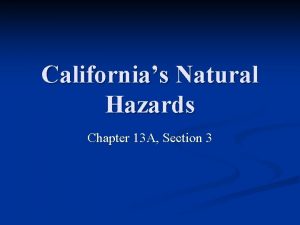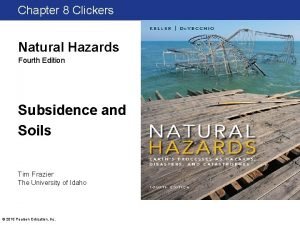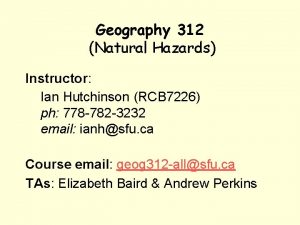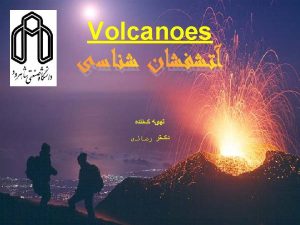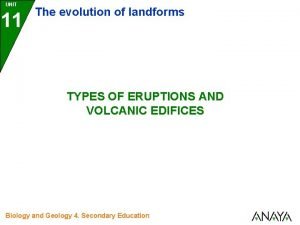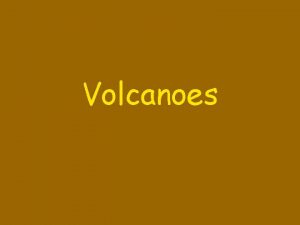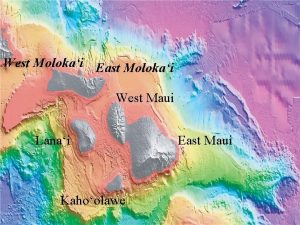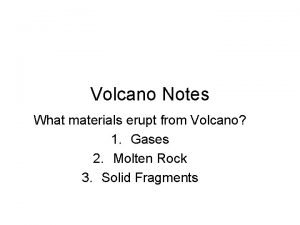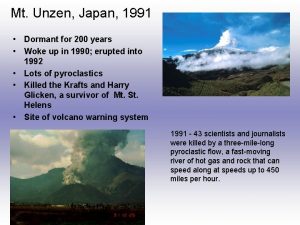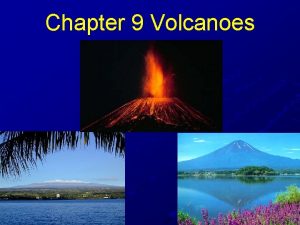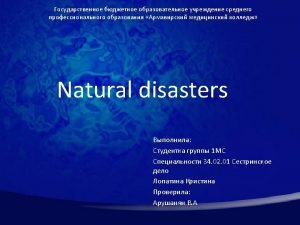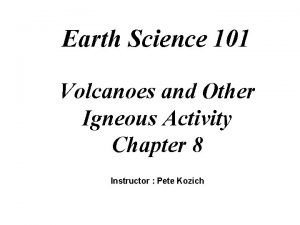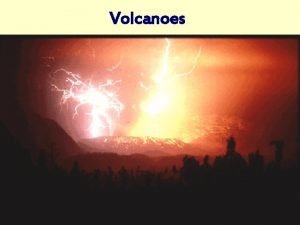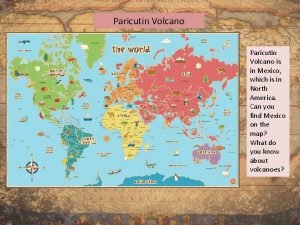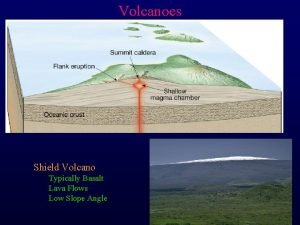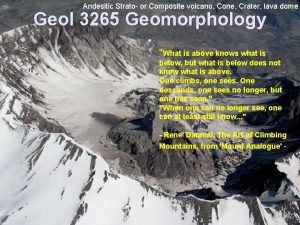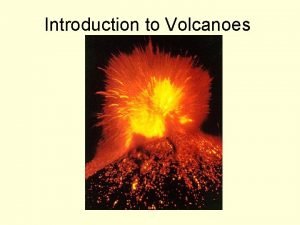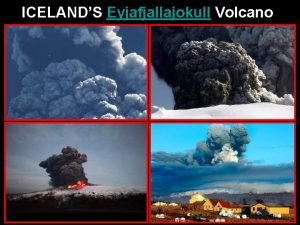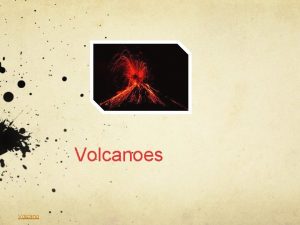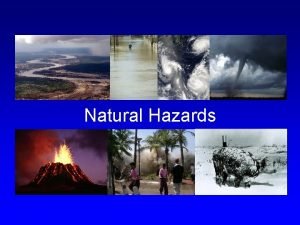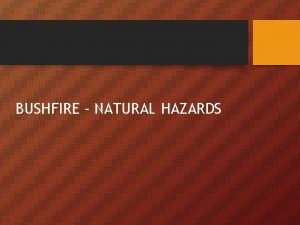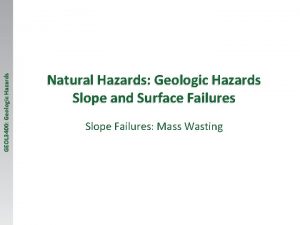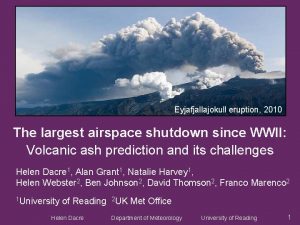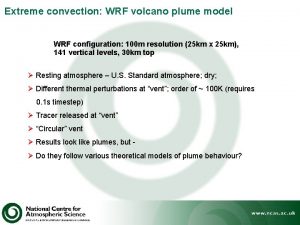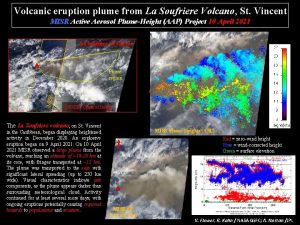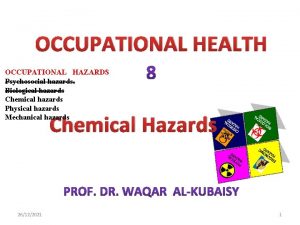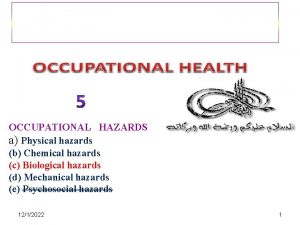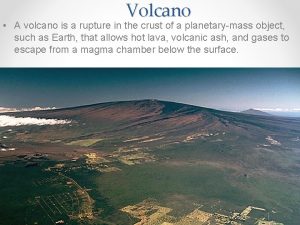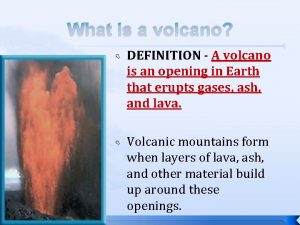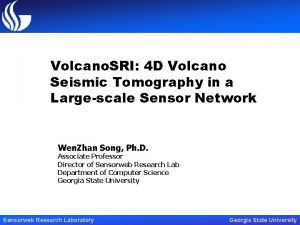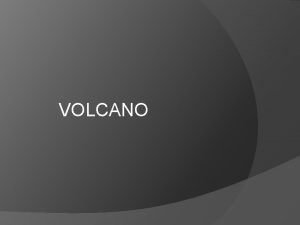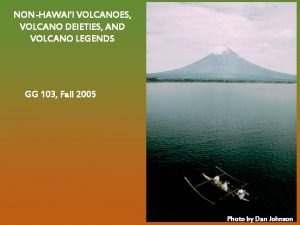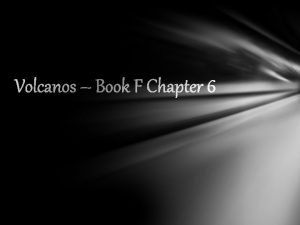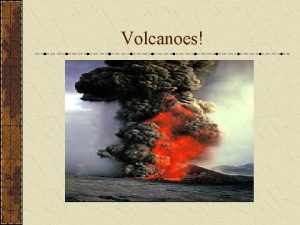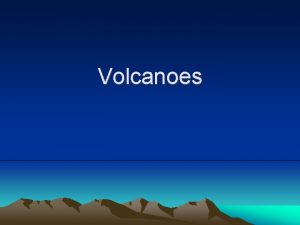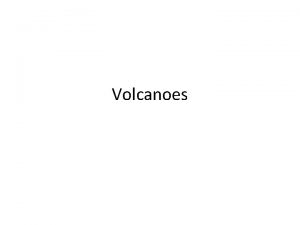NATURAL HAZARDS 1 Eyjafjallajokull volcano plume April 2010




































- Slides: 36

NATURAL HAZARDS 1

Eyjafjallajokull volcano plume, April 2010 2

Quebec Ice Storm, January 10, 1998 3

Natural Hazards? What is a Natural Hazard? Aspects of the physical world that have the potential to cause considerable harm to others. What is a Natural Disaster? A Natural hazard is activated and causes harm to humans and destroys or damages their communities. *Natural disasters around the world have been causing more deaths and injuries and wiping out more buildings and cultivated land than ever before. 4 *Disasters occur in those areas of the world that are most heavily population.

Comparison and Analysis Any one disaster can be described by analyzing various factors that determine how great an impact it will have on people This system recognizes six main factors 5

Comparison and Analysis 1. Frequency how often is the event likely to happen 2. Duration the length of time the event lasts 3. Extent Size of area or region affected Town? Continent? Region? 6

Comparison and Analysis 4. Speed of onset 4. sudden, without warning, over quickly? 5. build slowly before a peak period 5. Spatial dispersion area likely to be affected by a particular event 6. Temporal spacing how hazards and disasters occur in time; are they random or do they occur within a cycle 7

8

Storm Stories… Create a hazard event profile for the remaining hazards. Use the information from the following storm story videos, your brain, and pages 78 -79. Also, pass in a brief response (to the three stories). This response should include a short summary of what happened, and a list of the characteristics & effects of the hazard. 1. Flood 2. Tornado 3. Hurricane 9

Hazard Assessment Evaluate the potential for a hazardous process Lots of money being made! Lawyers, geophysicists, geologists, environmental scientists, geographers Interpret history, simulate process, monitor modern activity, model future event magnitudes, frequency, recurrence intervals “ 16% chance of M-7 rupture in California in next 30 years”


Methods of Classification Calculating human costs Impact measured by: loss of life (total deaths) number of injuries damage to property (replacement costs) 12

Which hazards are deadliest? (All historical records) Flooding Earthquakes-tsunamis Hurricanes are next

Top 10 Deadliest Natural Disasters in past 50 years Rank Event Location Date Death Toll 1. Bhola cyclone Ganges Delta, East Pakistan, Bangladesh Nov 13, 1970 400, 000+ 2. Earthquake (Tangshan) China Jul 28, 1976 255, 000+ 3. Earthquake & Tsunami Indonesia, Sri Lanka, India, Thailand Dec 26, 2004 245, 000+ 4. Earthquake Haiti Jan 2010 225, 000+ 5. Cyclone Nargis Myanmar May 2008 138, 000+ 6. Hurricane Gorky Bangladesh Apr 30, 1991 138, 000 7. Earthquake Pakistan Oct 8, 2005 88, 000 8. Earthquake & Landslide China May , 2008 68, 000+ 9. Earthquake & Landslide Peru May 31, 1970 66, 000 10. Flooding & Mudslides Venezula Dec 15, 1999 50, 000 Yellow River flooding in China in 1887, 1931, 1938 took up to 2 Million, 4 Million , and 0. 9 Million lives Various sources, incl Wikipedia,

World’s Deadliest Hazards (1947 -1980) Based on data from Abbott, Natural Disasters, 6 ed But, in US and Canada: Most: Severe Weather (Heat, Freezing Rain) KBC textbook-Table 1. 1 Second most: Tornado Third most: Lightning Fourth most: Flood Fifth most: Hurricane Earthquake Landslide Snow Avalanche

The fatality-location relation (1947 -1980) Asia Caribbean and Central America South America Europe Africa North America Oceania Why? Based on data from Abbott, Natural Disasters, 6 ed

Canada Natural Disaster Fatalities Disaster Date Extreme temp 6 -Jul-1936 500 Wind storm Nov-1950 105 Wind storm 15 -Oct-1954 83 Slide 29 -Apr-1903 76 Wild fire 11 -Jul-1911 73 Slide 5 -Mar-1910 62 Slide 22 -Mar-1915 56 Wild fire 30 -Sep-1922 43 Ice Storm 5 -Jan-1998 Killed 26 Source: "EM-DAT: The OFDA/CRED International Disaster Database, Université catholique de Louvain, Brussels, Belgium" <2003

Which hazards are costliest? Hurricanes and typhoons are most costly Earthquakes are next Winter storms

World’s most CO$TLY Disasters Insurance costs Based on data from Abbott, Natural Disasters, 6 ed 2005 $US Billions $45 $21 $17 $11 $10 $ 8 $ 7 2004 Aug 1992 Aug 1994 Jan 2004 Sep 2005 Oct 2004 Aug 1991 Sep 1990 Jan 1999 Jan (Mostly storms) Hurricane Katrina Hurricane Andrew Northridge Earthquake Hurricane Ivan Hurricane Rita Hurricane Wilma Hurricane Charley Typhoon Mireille (Japan) Winter storm Daria (Europe) Winter Storm Lothar (Europe) USA, Japan, Europe…WHY? ?

Jan 12, 2010 -M 7

Feb 27, 2010 -M 8. 8

Sep 4, 2010 - M 7. 1

What factors control damage? Haiti (M 7) Port-au-Prince (700, 000) 230, 000 dead $Hundreds of millions damage (little insured) Chile (M 8. 8) Santiago (5, 300, 000) 400 dead $4 to 8 Billion New Zealand (M 7. 1) Christchurch (370, 000) 0 dead $1. 4 Billion Population density Infrastructure Building codes Magnitude of hazard Intensity of hazard Style of hazard


Canada’s most costly disasters Canadians at risk: Our exposure to natural hazards Canadian Assessment of Natural Hazards Project February 2010 Hurricane Juan: $113 M

Summary of Deaths and Costs More deaths in densely populated regions More costs in developed regions Globally, floods, earthquakes (+tsunami) and hurricanes are most deadly, but not for North America Hurricanes and other storms have caused most damage There is an increasing trend in the number of deaths and amount of damage We need to consider the data sources, reliability, and meaning when considering history of disaster costs

Methods of Classification Strength/size/intensity of event Hurricane system (Saffir Simpson scale) Tropical depression, tropical storm, category 1 -5 Tornadoes (Fujita Scale) Force 1 -5 Earthquakes (Moment Magnitude Scale) Scale of 1 -9, with 9 being cataclysmic, worldwide event Epidemic, pandemic 27

Methods of Classification Regional occurrence Hurricane (Atlantic) Typhoon (Pacific rim) Monsoon (Asia, Africa) Frequency of occurrence Annually? Centenially? 28

Disaster Categories We classify natural disasters by the chief process or sphere in which it operates Ex: Atmosphere, biosphere, lithosphere This system has three categories 29

Atmospheric Hazards Cyclonic Storms (hurricane, typhoon, cyclone) Tornado (twisters, dust devils) Severe Storm (White Juan, Nor’easter) Flooding (heavy rains) Drought (lack of rain, prolonged high pressure) Wildfire (wind, lightning) Severe Weather (hot/cold) ex: ice storm 30

Biological Hazards Infectious Disease HIV, H 1 N 1, Bubonic Plague Parasitic Disease ringworm Insect Infestation malaria, West Nile virus 31

Geological Hazards Slide (mud, land, rock) Volcanic Activity Earthquake Avalanche Tsunami (tidal wave) 32

Hazards’ Human Costs Every year natural disasters leave… 4, 000 homeless 46, 000 injured 5520 dead These figures do not include the recent tsunami in Asia (273, 000) and Hurricane Katrina (1000) Source: The International Red Cross 33

Vulnerability = susceptibility to injury or attack Human vulnerability leads to financial, structural, and human losses. Natural hazards only occur in inhabited areas A natural disaster in an uninhabited area has little tangible impact on people Natural hazards are increasing because of… Population growth (more people) Urbanization (lots of people in small spaces) alteration of the natural environment (manmade islands) 34

Can natural disasters have positive effects? 35

Positive Effects natural disasters have beneficial ecological consequences. rejuvenation of a coniferous forest months and/or years after fires recharging of groundwater stocks after a flood). benefits tend to become apparent months or years after an extreme event 36
 Lava plateaus form when _____.
Lava plateaus form when _____. Natural hazards vs natural disasters
Natural hazards vs natural disasters Surgical plume evacuator tool
Surgical plume evacuator tool Experimental glory plume
Experimental glory plume Plume model
Plume model Lofting plume
Lofting plume Holland formula for plume rise
Holland formula for plume rise Plumes schematic
Plumes schematic Plume rise
Plume rise Chemical plume
Chemical plume Felicien tenait les pinceaux daniel la plume
Felicien tenait les pinceaux daniel la plume Why is canada rarely impacted by natural weather hazards
Why is canada rarely impacted by natural weather hazards Natural hazards 4th edition
Natural hazards 4th edition California natural hazards
California natural hazards How does the study of soils help evaluate natural hazards?
How does the study of soils help evaluate natural hazards? Geog 312 sfu
Geog 312 sfu Natural income
Natural income Cinder cone def
Cinder cone def Volcano type of eruption
Volcano type of eruption Volcano
Volcano Small size steep slope bowl shaped opening volcano
Small size steep slope bowl shaped opening volcano Solidified scum from the surface of the lava is called as
Solidified scum from the surface of the lava is called as Alphafriends mimi mouse
Alphafriends mimi mouse Picture of lanai
Picture of lanai Notes from a volcano
Notes from a volcano What type of volcano is mt unzen
What type of volcano is mt unzen Funnel shaped pit at the top of a volcano
Funnel shaped pit at the top of a volcano Volcano formation
Volcano formation Columbia river basalt
Columbia river basalt Big island size broad slightly domed volcano
Big island size broad slightly domed volcano Raging planet volcano
Raging planet volcano Paricutin volcano facts
Paricutin volcano facts Volcano iterator model
Volcano iterator model Basalt volcano
Basalt volcano Composite volcano def
Composite volcano def Ocean shelf
Ocean shelf Form of volcano
Form of volcano
